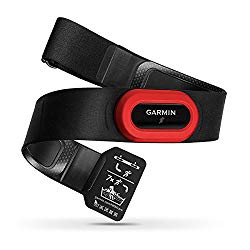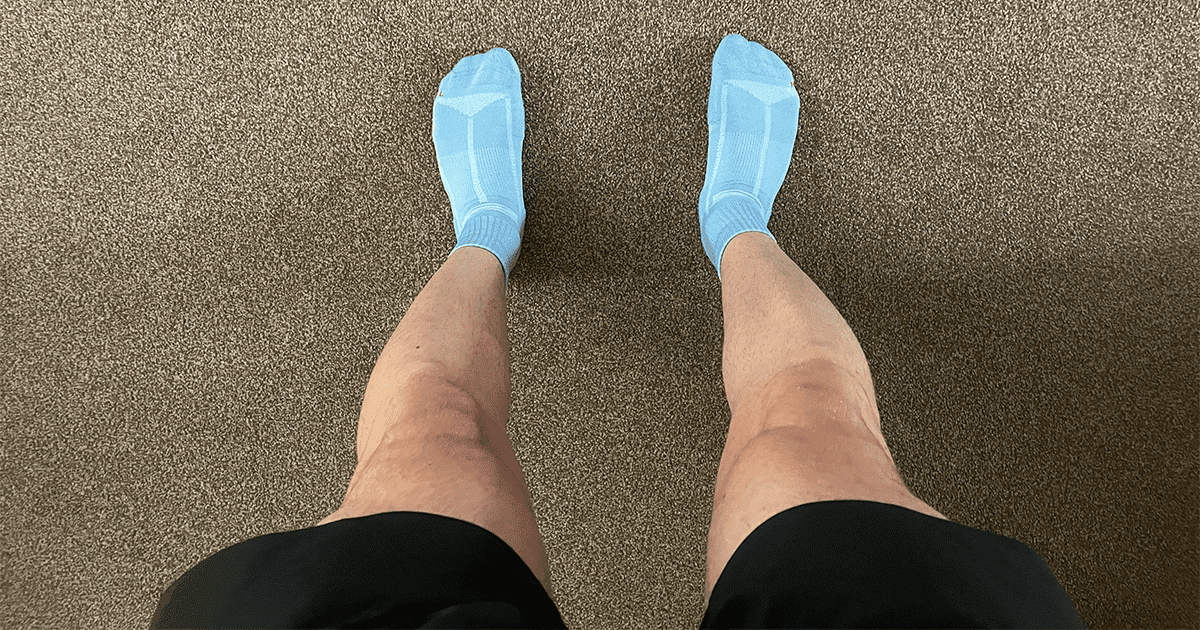6 ways to train smarter as a runner
Training smarter will improve your running and reduce your risk of injury. Here are six ways to take your running to the next level.

Running the same route, undergoing the same sessions, and routine workouts over and over can be tedious. In fact, it can also stunt our training potential as an athlete.
Mixing up your training and training smarter, not necessarily harder could be the recipe you’ve been looking for to take your running to the next level. If you’re currently in a training rut or haven’t seen much progress in a while, this article is for you.
Likewise, if you’re looking to reduce your risk of injury, become a faster runner, and an all-round better athlete then training smarter will definitely help with that.
Without further or do, here are five ways to train smarter as a runner.
1. Heart rate training
When running an easy run, workout, or interval session, there a set paces which we should aim for. However, pace per mile isn’t the only indicator of effort. Introduce heart rate training.
Heart rate training allows us to train by effort, rather than pace. Training within specific heart rate zones allows us to maintain a continuous effort throughout each individual training session. For example, your effort one day to maintain a 7:00 minute mile may be much more than another day.
Instead, heart rate training will ensure you’re outputting the same effort while reaping the exact same physiological benefits. This prevents us from overtraining and running too fast when it’s simply not required.
Where can I purchase a heart rate training monitor?
Heart rate training monitors usually pair with our GPS running watches. With the most popular brand being Garmin, we recommend the HRM-Run heart rate monitor. Be sure to check that your watch is compatible before purchasing.
Related: Cheap running watches: 8 of the best available in 2019.
This post contains links to amazon. As an amazon associate, we will earn a small percentage on qualifying purchases. Find out more here.
Click here to buy now via Amazon!
2. Performing different running workouts
Performing different running workouts is an easy way to become a faster and more efficient runner. This will see a greater benefit for those who have only ever just ‘ran,’ and not actually ran workouts such as intervals, fartlek runs, or long-runs.
Related: What are the 8 different types of running workouts?
Including an interval session, long-run, and tempo run into your training schedule each week will definitely improve your running.
Interval sessions will work on your top speed, allowing for faster paces to feel much easier. As well as this, our lactate threshold will be increased. This is the pace we can sustain before lactic acid builds up rapidly within our muscles and causes us to slow down.
Tempo runs are run slower than interval sessions and at your lactate threshold pace. These runs are specifically targeted to increase our lactate threshold, much like interval sessions, however, not quite as demanding.
Finally, including a weekly long-run into your training will develop our aerobic and cardiovascular fitness, while improving our running economy and our body’s ability to use fat as fuel. Essential to becoming a faster runner.
Remember: Increase your weekly mileage by no more than 10% each week. This will reduce your risk of overtraining and further injury.
3. Don’t just run… hit the gym too!

Including strength training into your weekly routine will improve your running, reduce your risk of injury, and improve our running economy.
Dropping one easy run and including a minimum of one and a maximum of two strength workouts per week will allow you to reap these benefits.
Related: Why and how strength training is essential for faster, injury-free running.
Ensure not to replace your running and instead complement it. Your running should be at the forefront of your training, but this does not go to say that you’ll get away with skipping the gym.
If you’re not the biggest fan of the gym or find yourself constantly short of time, circuit training is a great alternative. Circuit training includes both core and strength workouts, ideal for faster, injury-free running.
We recommend checking out our beginners 5 move circuit training workout.
4. Cross-training

Much like strength training, cross-training also complements our running massively. Including cross-training exercises such as swimming, cycling (both indoors and out), or rowing will allow us to improve our cardiovascular fitness while reducing our risk of injury.
This is because we’re not actually running. Cross-training is becoming increasingly popular, and it’s easy to understand why. Let’s take a look at some of the various benefits of cross-training:
- Cross-training improves our aerobic fitness without actually running
- Reduces our risk of injury
- Increased blood flow to our muscles to reduce recovery times between sessions
- Can be done while injured to maintain running fitness
Related: The ultimate guide to cross-training for runners.
5. Warmup
Skipping a warmup before running or working out will increase our risk of injury while preventing us from performing our best in each training session. Not a smart way to train.
You may be wondering, what are the benefits of undergoing a warmup before running? Healthline reports the following:
- Increased flexibility (given movements are much easier to perform)
- Increased blood flow to the working muscles (prepares the body for running)
- Improved performance (warm muscles allow us to perform much better)
- Less muscle tension and pain (when our muscles are warm and relaxed, they may reduce existing muscle tension and pain)
Performing a warmup before running is a much smarter way to train. Reaping the above benefits, we’re sure to take our running to the next level.
How to warmup
Now that we know the many benefits of a warmup, how exactly do we warm-up for a run? We want to start with dynamic stretching followed by a light 5-10 minute jog. This is by far the best way to warm up.
Dynamic stretching includes:
- High-knees
- Leg swings
- Walking lunges
- Torso twists
The dynamic stretching will lengthen and drive blood to our working muscles while a 5-10 minute jog will warm up our entire body as well as gradually increasing our heart rate. This is essential to improving performance while reducing our risk of injury.
6. Emphasise recovery

Recovery is just as important as running itself. Not getting enough rest, eating the right foods, or drinking too little water will slow down our progress while increasing our risk of picking up an injury.
Ensure to get a minimum of 8-10 hours of sleep per night, the more, the better. If running particularly low on energy, or having finished a taxing workout or long-run consider taking a short 20-30 minute nap. This will allow us to replenish our energy stores and kick-start our recovery.
Similarly, ensure to eat plenty of protein after a hard run or workout, ideally within 30-minutes. This too, will fast-track our recovery. In general, make sure to consume a balanced diet while accounting for your calories burnt during each training session.
Increasing the amount of water we drink post-run will help flush toxins out of our body, also speeding up our recovery. Drinking plenty of water pre, and post-exercise will reduce our risk of dehydration while increasing our sports performance. Especially important on a hot summer’s day.
The bottom line
Training smarter as a runner will allow us to take our running to the next level. Consider implementing some of these strategies covered in this article to prevent overtraining and to reduce our risk of injury, while allowing us to become much faster and efficient runners.

Matthew is a lifelong runner, chief tester of all products, the founder of Running101, and freelance content writer for active brands. When he’s not writing, he enjoys lifting weights, cycling in the Lake District, and watching fast cars drive in circles on a Sunday. He also has a BA in sport, exercise and physical activity from the University of Durham.





